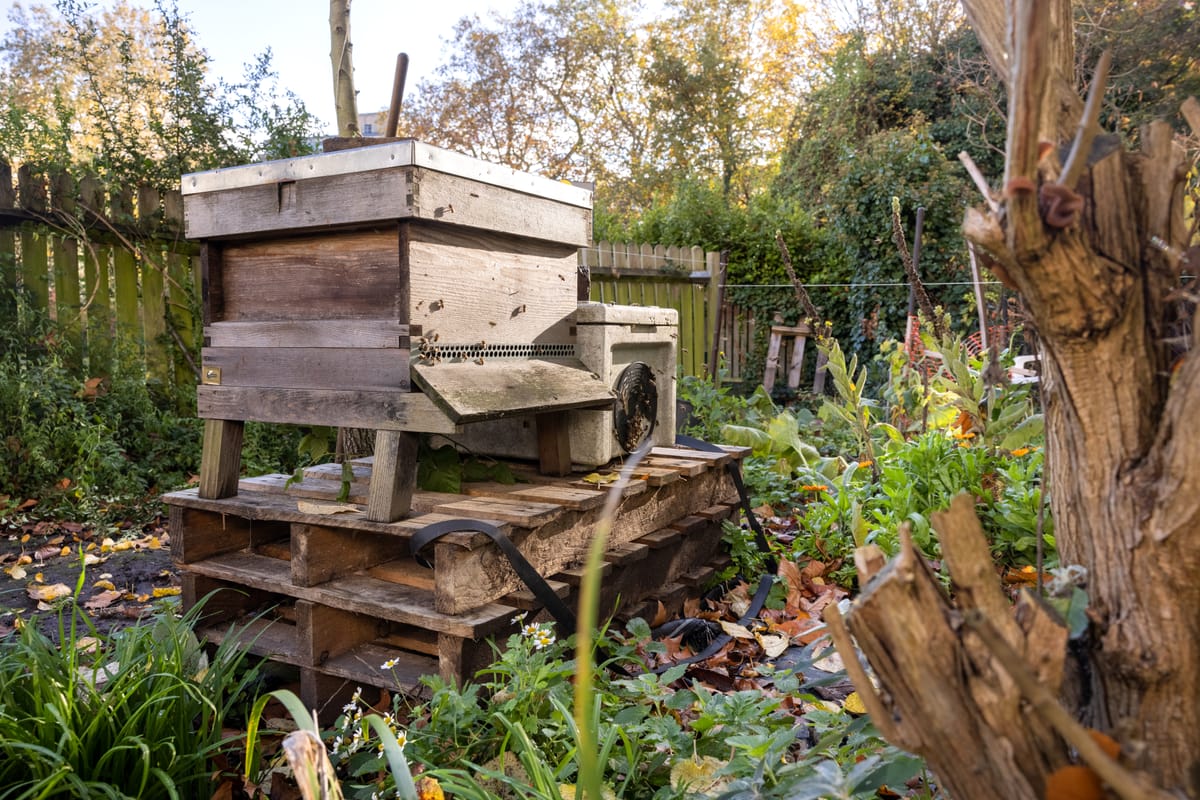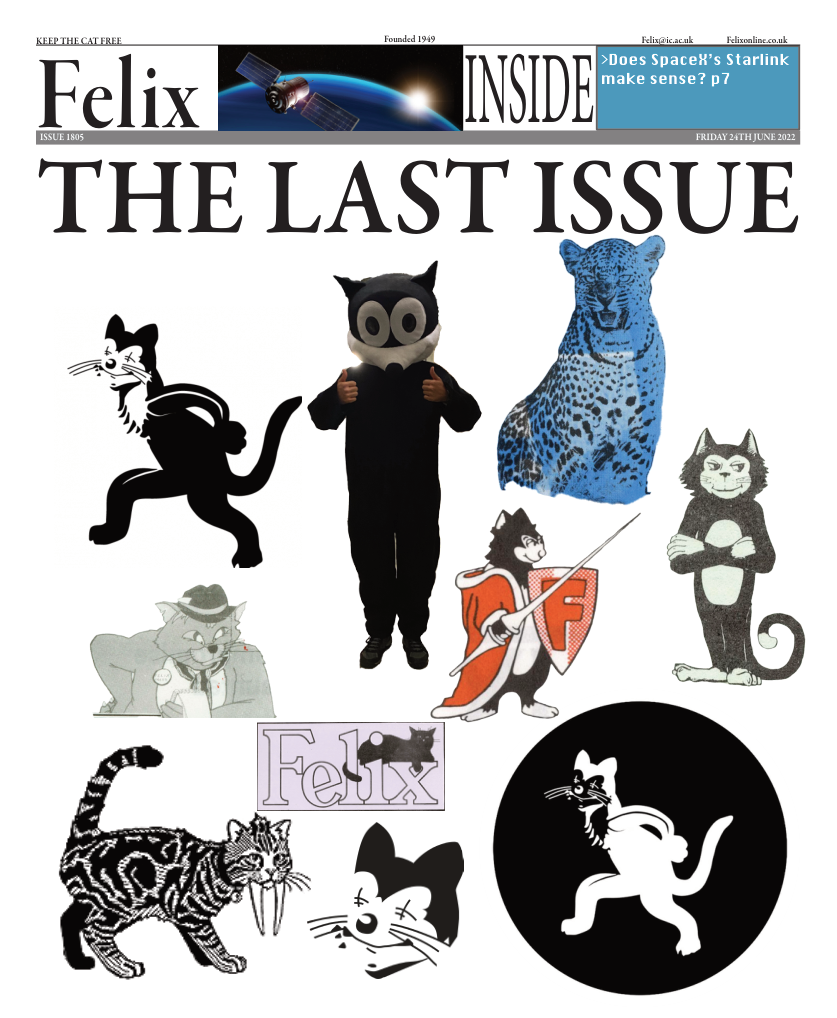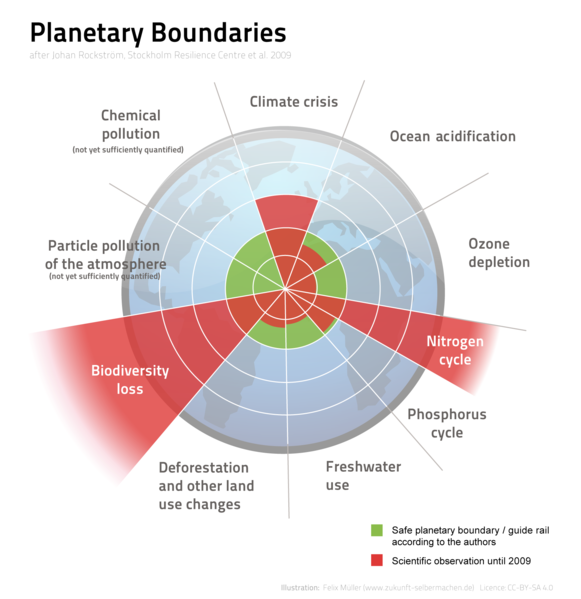IC Environmental Society's Secret Garden, Part 1
Tucked away near Prince’s Gardens is a haven about the size of someone’s backyard.

Tucked away near Prince’s Gardens is a haven about the size of someone’s backyard. It is a place where coursework is irrelevant, and differences between year groups and departments melt into the green surroundings. Welcome to Imperial College Environmental Society’s Secret Garden.
The first thing visitors see when they open the gate is a sense of organised chaos. In autumn, dead leaves blanket the makeshift paths through the garden. In spring, rogue onion bulbs sprawl among vibrant tulips. But the garden looks most chaotically beautiful in summer, when good weather over the Easter holidays transforms the garden into an overgrown paradise. Looking over this aspiring jungle from against the fence are two rusty barbecues and a bag of charcoal, which Environmental Society intended to use during term time but never did.
The second thing visitors notice is the pond at the heart of the garden. Currently inhabiting this pond are a few oxygenator plants, and dozens of tadpoles that students hope will grow legs over the summer break. Every week students clear off the film of algae from the surface, only to return the next week with the pond greener than before. When the water level gets low, a local resident kindly allows gardeners to use their water supply to fill the pond up.
Since most of the garden is green, especially in summer, colourful flowers at the entrance stand out. In May, a wildflower bed was planted on the island between two paths at the front of the garden. From being a barren mound that was trampled on to get to the other side of the garden, this island was transformed to something visitors admire as they walk around it. Once, a student even bent down to pick off and eat one of the nasturtium leaves

These nasturtiums are far from the only edible part of the Secret Garden – summer is when the garden’s vegetables start flourishing. One vegetable patch contains pea plants, climbing up a makeshift scaffolding and bearing many plump pods. In late June students harvested the pods and tried the peas inside, unanimously agreeing they taste fresh, sweet, and delicious. If the half-eaten wilting cabbages next to the peas had feelings, they would have been jealous. Beyond the peas and their less successful cabbage neighbours is a patch of carrots and potatoes. Both are growing well, with some of the potato plants reaching knee height. Most of the spring term was spent getting the soil in these vegetable patches to a state in which things can be planted - weeding, loosening up the soil, and placing planks of wood around the patches as borders. Like with the wildflower island, nothing was more satisfying than watching compact, dry land being given a new lease of life. And now, life is actually growing on that land.
This brief garden tour was a summary of the hard manual labour, unwavering attention, and fond memories Environmental Society members made every Wednesday over the past year. Articles later this summer will delve deeper into these memories and show off Environmental Society more.










